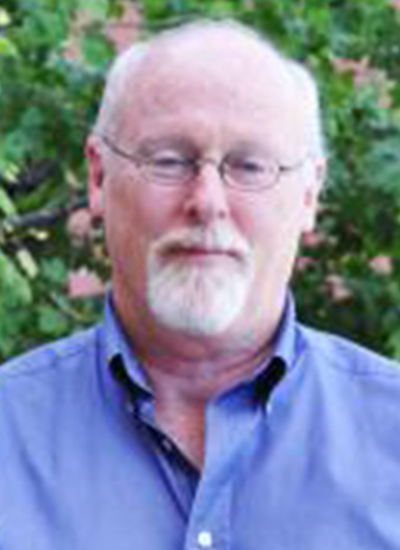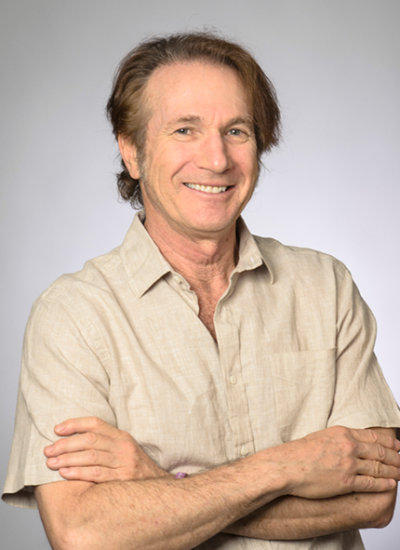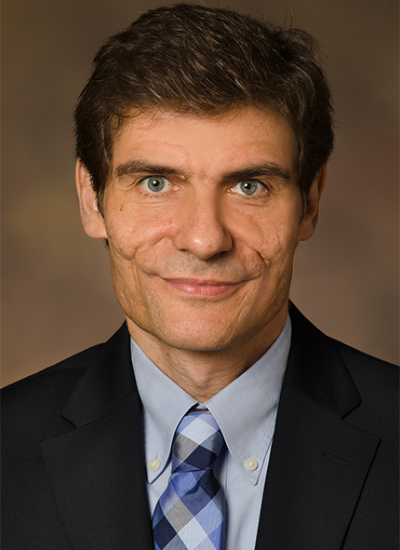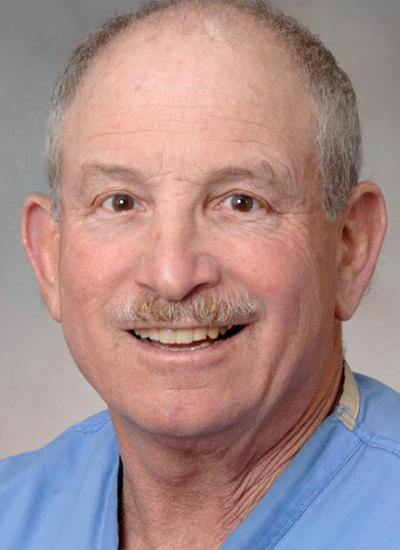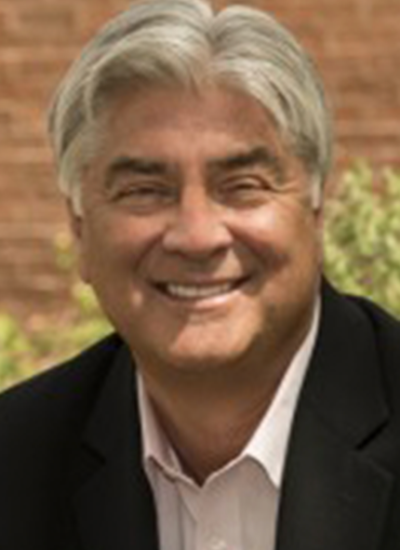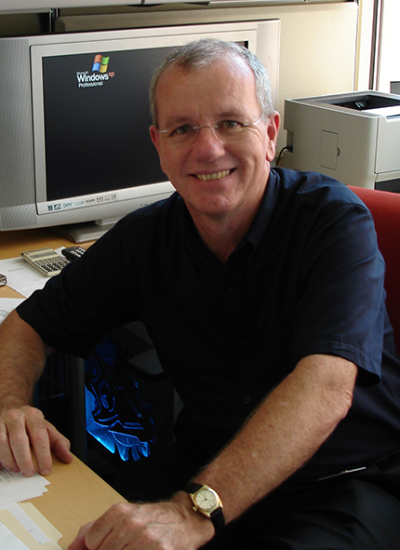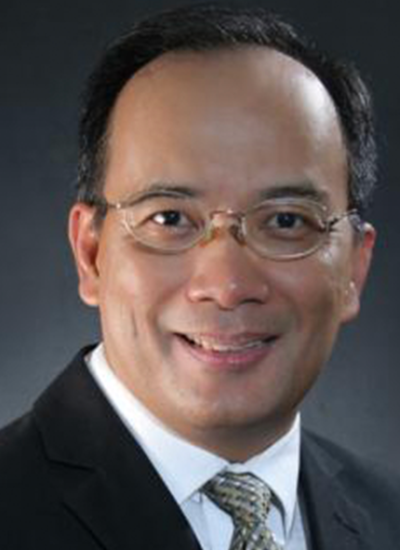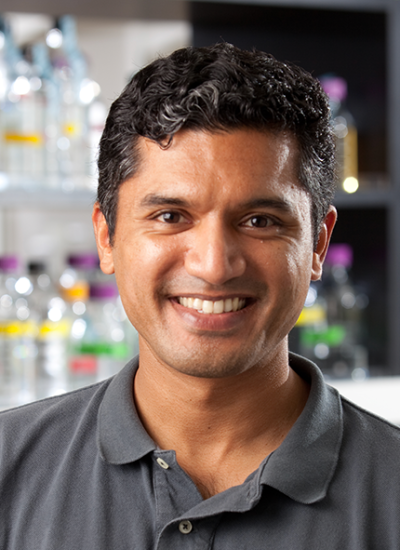Chengcheng Hu
Work Summary
Chengcheng Hu has worked on a broad range of areas including cancer, occupational health, HIV/AIDS, and aging. He has extensive collaborative research in conducting methodological research in the areas of survival analysis, longitudinal data, high-dimensional data, and measurement error. His current methodological interest, arising from studies of viral and human genetics and biomarkers, is to develop innovative methods to investigate the relationship between high-dimensional information and longitudinal outcomes or survival endpoints.



